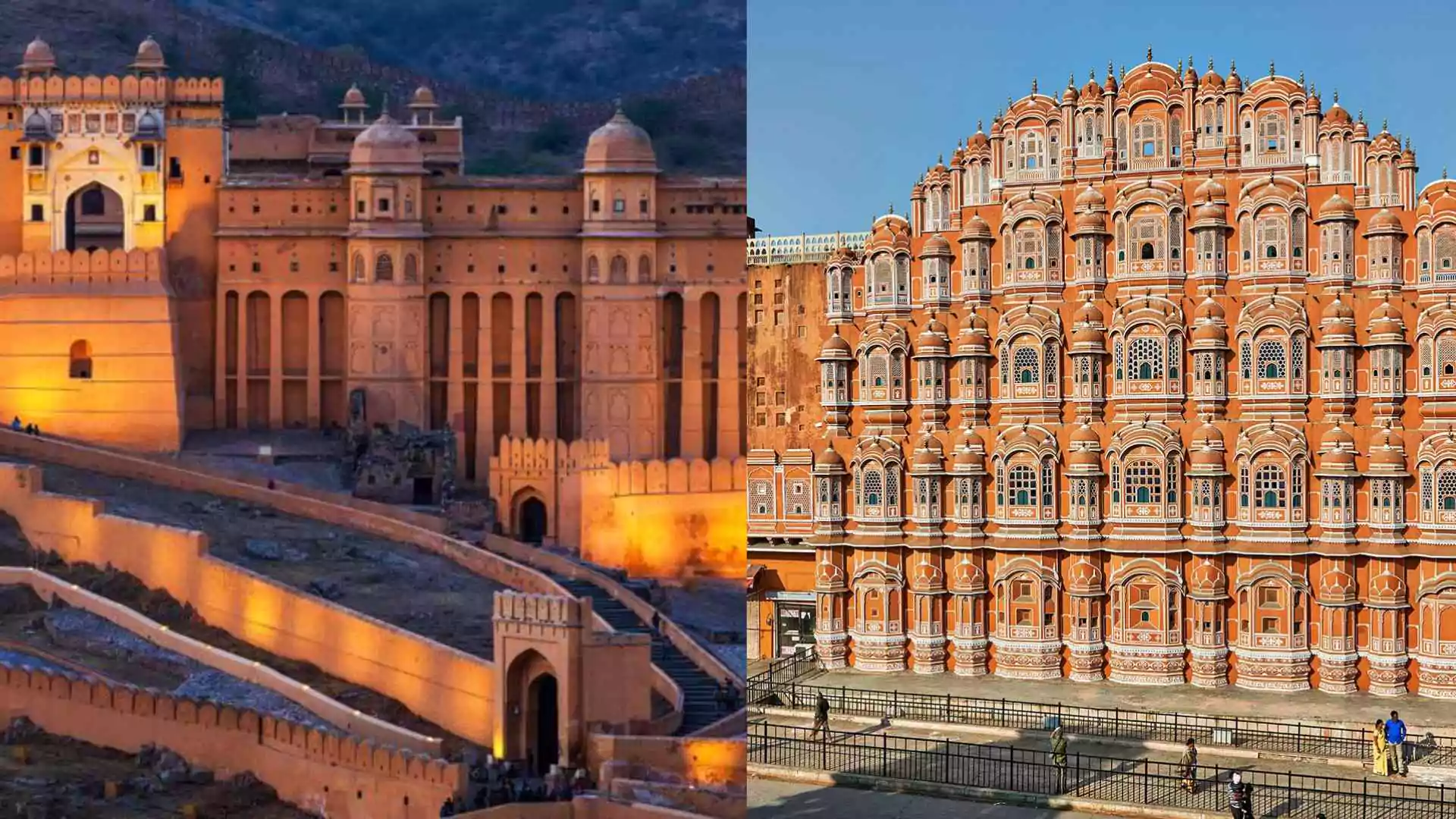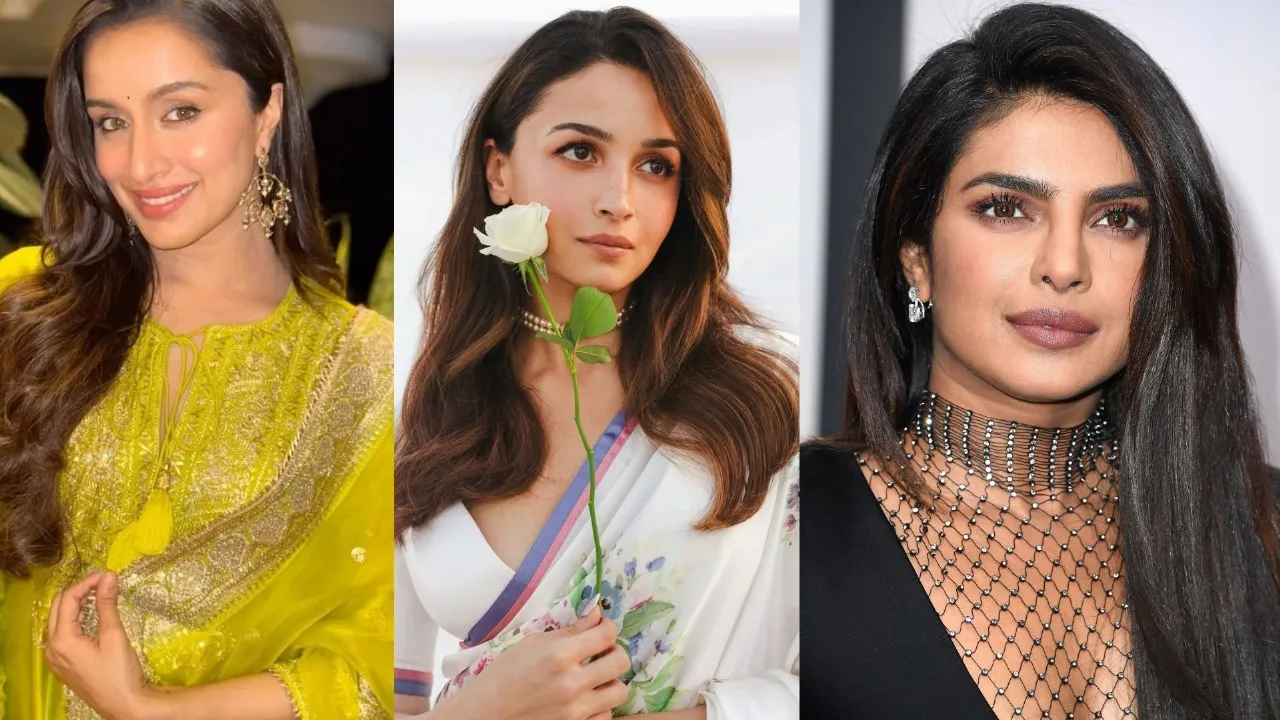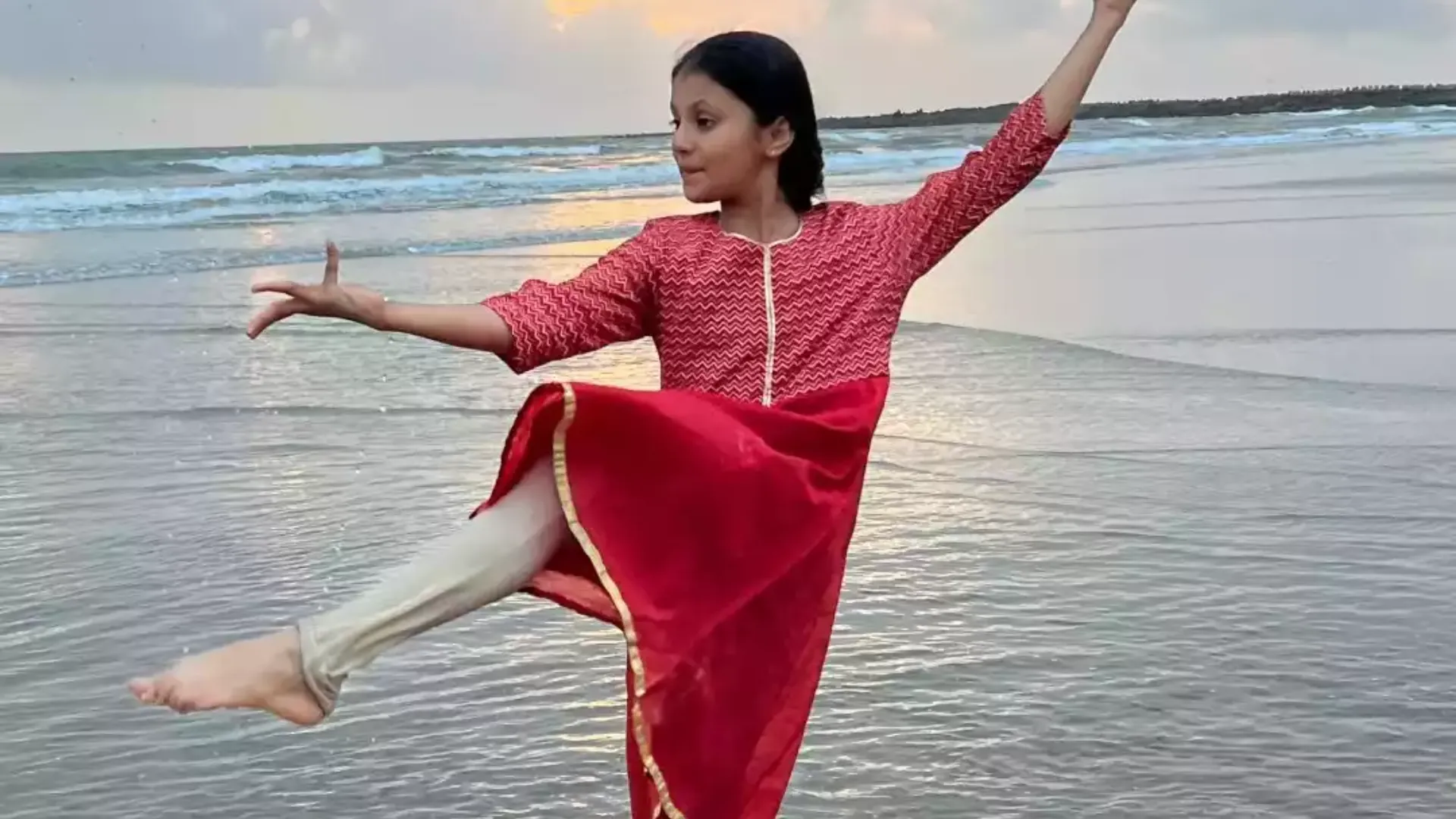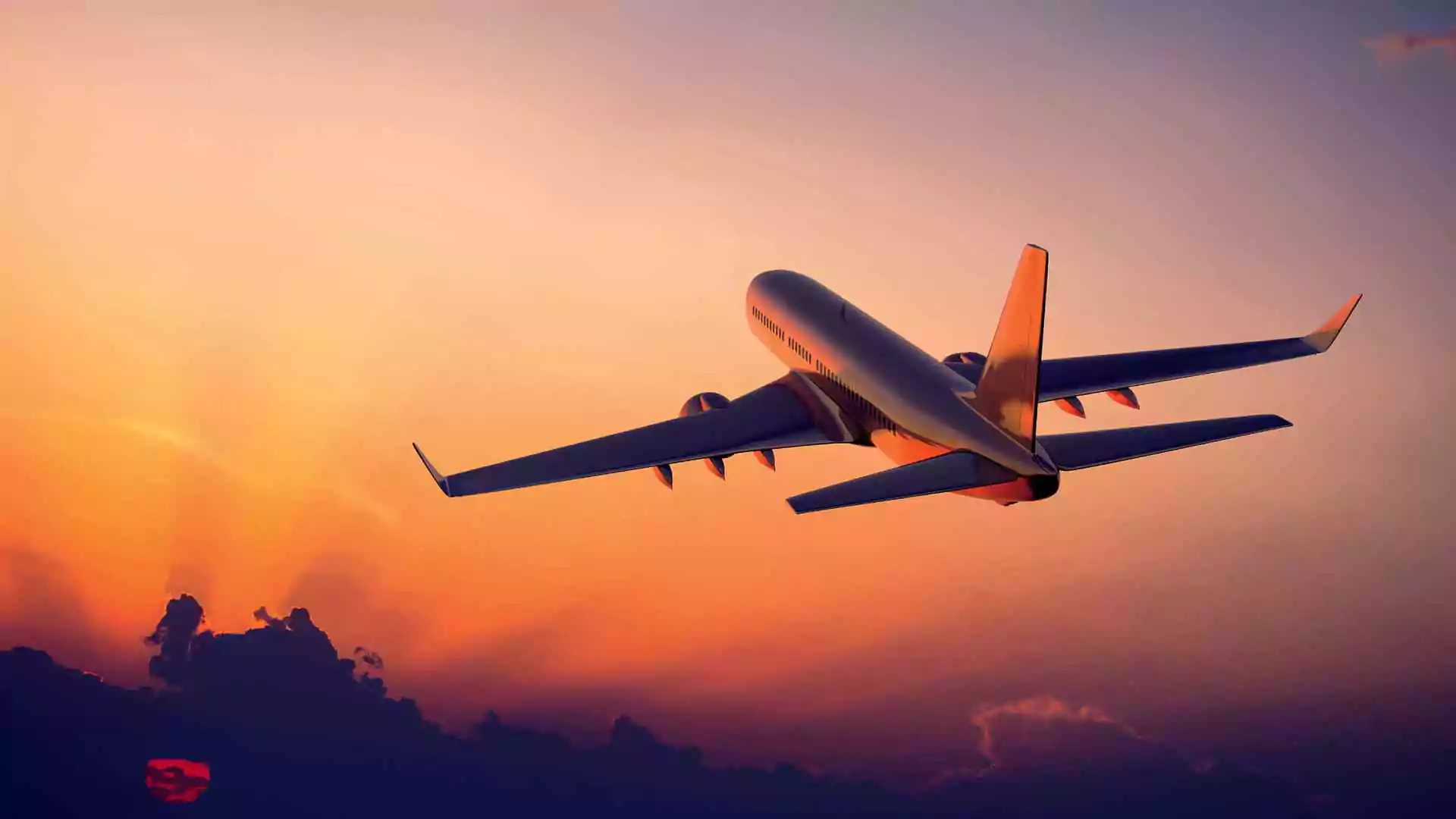Amid the serene landscapes of Manipur, a state known for its rich artistic and cultural heritage, a beautiful revival is taking place. Against the backdrop of two years of turmoil and uncertainty, the people of Manipur are turning to their roots, using the power of dance and music to heal and unite.
One of the most significant cultural celebrations in Manipur is the Meeraj Jawaharl Hawa festival, which brings together the valley and the indigenous hill communities through the vibrant expression of folk dance. In a small practice session, the rhythmic beats of the traditional dhol fill the air as young dancers rehearse tirelessly under the guidance of their guru. Their parents watch with pride, witnessing their children becoming torchbearers of a centuries-old legacy.
This initiative is part of a larger movement backed by the Ministry of Culture of India, which actively supports workshops to preserve Manipuri traditions. In a region that has faced prolonged unrest, these cultural expressions are not just art; they are acts of resilience and unity.
A Tradition Kept Alive by Passion and Perseverance
At the heart of this cultural revival is Soram Leanda, a senior member of the Leanda Folk and Classical Academy. She has dedicated herself to teaching Manipuri folk and classical dance to young students. “Culture is our identity. It is how we represent ourselves in the world,” she explains passionately. Despite the challenges, she and her fellow mentors continue to train students free of charge, fulfilling the dream of her parents, who always wished for accessible education in dance and culture.
Their academy conducts workshops every weekend and organizes intensive training sessions during vacations, ensuring that students receive proper guidance in traditional dance. “We use WhatsApp groups to call students, urging them to come and learn, no matter the situation,” says Leanda. The mission is clear: no child should be deprived of learning about their heritage due to financial constraints.
The Power of Dance to Connect Communities
One of the most anticipated festivals in Manipur, Mira Howor El Choyeba, is a grand celebration of unity where different tribes come together to perform. Leanda and her team begin preparations a month in advance, ensuring that their students are ready to showcase the vibrant folk dances that represent Manipur’s diverse traditions.
“Manipur is home to many tribes and languages, but through dance, we connect with each other,” Leanda shares. “It bridges gaps, fosters friendships, and reminds us that, despite our differences, we are one.”
Dance as a Source of Hope Amid Unrest
For more than twenty months, Manipur has been grappling with social and political unrest. While conflicts continue to disrupt daily life, cultural practitioners like Leanda believe that art, music, and dance serve as a beacon of hope.
“We want to wash away the hatred and bring back the peaceful Manipur we once knew,” she says. Dance, in her view, is a unifying force that allows people to set aside their differences and find common ground.
The Spiritual Essence of Manipuri Dance
Manipuri dance is deeply rooted in bhakti (devotion). One of its most unique aspects is its connection to the stories of Chaitanya Mahaprabhu and the devotional traditions of the Gita Govinda. Before each performance, students are first taught the story behind the dance, ensuring they understand the emotions and expressions that bring the choreography to life.
“The mridanga beats symbolize the spiritual energy of devotion,” Leanda explains. “Without knowing the stories, the expressions and movements lose their depth.”
A Future Filled with Hope and Unity
Though the number of festivals and performances has dwindled due to past conflicts and even the impact of COVID-19, Leanda remains hopeful. She envisions a future where Manipuri culture flourishes again, where festivals regain their former grandeur, and where tourists—both national and international—return to witness the beauty of Manipuri traditions.
“We have not given up,” she asserts. “Through dance, we will rebuild our lost connections and bring our people together once again.”
With the unwavering dedication of cultural enthusiasts like Leanda and her team, the spirit of Manipur continues to shine—through every beat of the dhol, every graceful movement of a dancer, and every festival that unites the people of this vibrant land.
ALSO READ: From Raas Leela To Thang-Ta, The Folk Dances of Manipur Are A Cultural Odyssey























